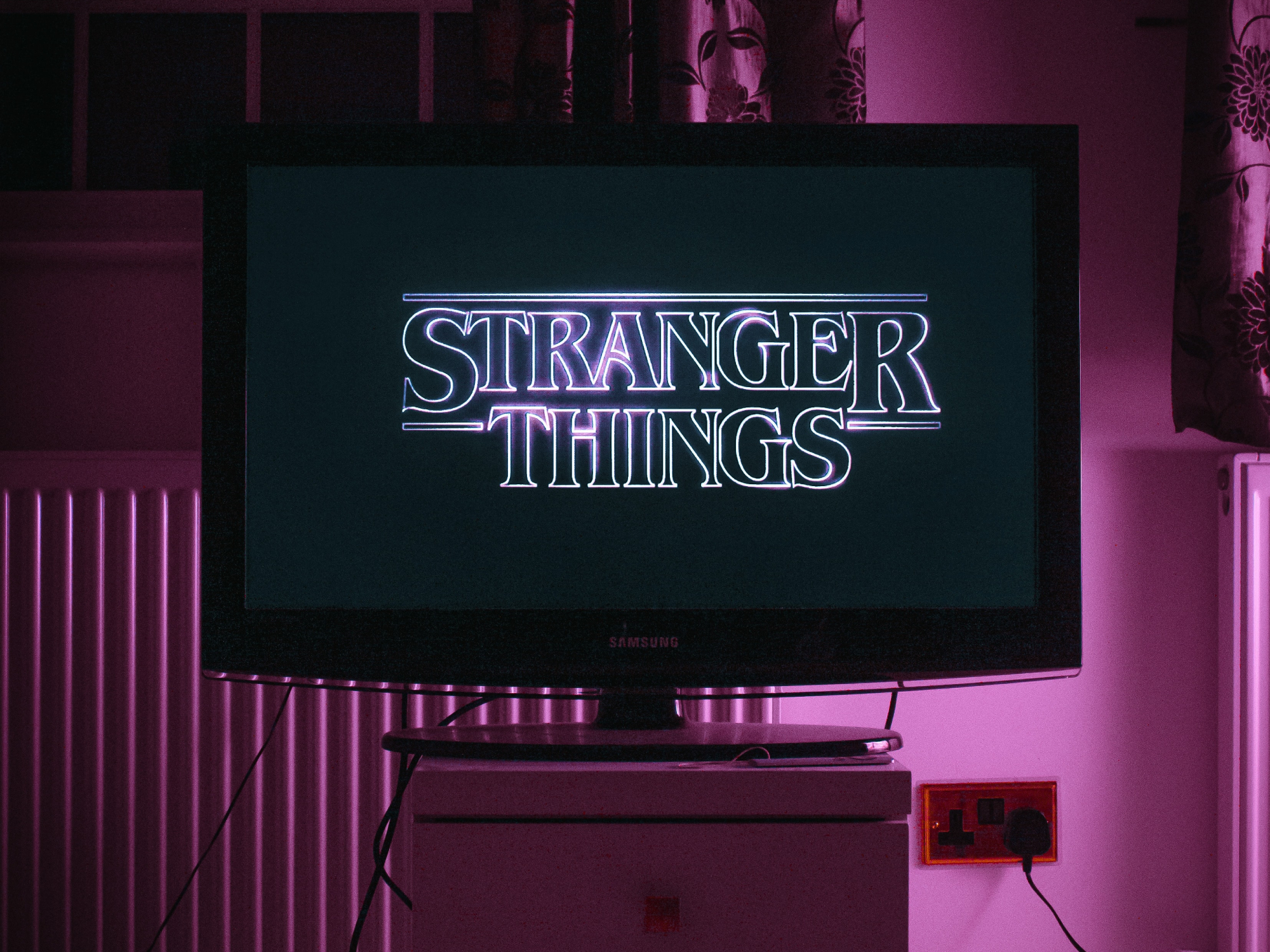

If you subscribe to Netflix, Amazon Prime, or any other streaming service, you’ve probably found yourself gazing at the screen as episode after episode autoplays, until you check the clock and realize you wanted to go to sleep more than an hour ago. But series like Stranger Things are seriously good television—so where’s the harm in binge-watching a bit?
The problem is that a growing body of evidence suggests the various demands of a modern-day lifestyle, including hours of late-night streaming, are seriously disrupting human sleep patterns. This, in turn, can damage our overall health. But just try telling people to give up their Netflix—it’s a recipe for failure.
With that in mind, the American Academy of Sleep Medicine, a professional society founded in 1975, has taken it upon itself to set some guidelines for enjoying top-notch shows while making sure your body and brain get enough rest. We can show you how to use them to properly balance binge-watching and sleep.
Take breaks between episodes
The AASM recommends getting out of “the autoplay loop,” where you watch episode after episode because it takes less effort than stopping the playback. Luckily, Netflix, Hulu, and other streaming services give you the option to turn autoplay off. The idea is that manually loading the next episode can prevent you from mindlessly gluing your eyes to the screen. However, it’s still easy for you to click, click, click through the episodes. Which is why you should also…
Set an episode limit
Don’t fire up Bridgerton and then wait to see how the evening goes. Decide in advance how much you’re going to watch before bed and then stick to that limit, regardless of cliffhangers. (By the way, this is the same principle you should use for a night of boozing.)
If you have trouble obeying this type of limit, you might have to trick yourself. One way to do so is by downloading episodes onto your phone. Because Netflix and other services support offline downloads for many shows, you can pre-load all the television you’ve decided to watch in advance. Then put your phone in airplane mode to stop yourself from exceeding your limits. Downloading also lets you catch up with Yellowjackets on the train ride to work, instead of staying up watching it the night before.

Stressed about finishing an episode on your commute? Try reserving some daylight hours when you’ll be able to watch without worrying about missing your stop or blowing past your bedtime. The AASM advises you to resolve the conflict between binge-watching and sleep by setting aside relaxed viewing time over the weekend.
[Related: How to add subtitles to Netflix and other apps]
Avoid using your phone in bed
Sure, few places provide a comfier binge-watching location than your bed. But again, it’s all too easy to keep watching for one more episode when you and your phone are cozily tucked in. Using screens in bed can keep your mind active for longer than is healthy—so keep the gadgets away from your sleeping area.
Another problem with phones is that their glowing displays strain our eyes. All that staring at your phone is unhealthy, and one way to limit its impact on your sleep is to watch on a bigger, more distant screen instead. So instead of using your phone in bed, try streaming that media to a television.
Control the light
Bright blue light, like the wavelengths emanating from your video screen, will keep you alert and suppress the chemicals supposed to send you to sleep. To make sure you’re able to drop off when you want to, you should stop binge-watching about half an hour before your desired bedtime. In fact, the AASM recommends turning off all screens at least 30 minutes before you sleep.
[Related: There’s a lot to learn about how blue light affects our eyes]
In fact reducing any blue light exposure after sunset could help steady your sleep cycle. So you should try cutting down on the amount of blue light your smartphone or laptop emits—and yes, there’s an app for that. Several apps, in fact.
For iPhone users, there’s a blue-light-reduction feature called Night Shift built right into iOS. It can automatically adjust the color of the screen during evening hours so that the display will emit reddish rather than bluish light. To find it, open the Settings app and head to Display & Brightness.

Apple has also included the same feature in macOS. To set it up on your computer, open the Apple menu, choose System Settings, and open the Displays tab. Click the Night Shift button in the bottom right, and you’ll be able to set the color change schedule and strength as you see fit, just as on iOS.
Android phones have a similar feature called Night Light, though the setup process may be different depending on which version of the mobile operating system you’re using. To activate it on a Pixel phone, go to Settings, Display, and tap Night Light. You can schedule a daily start and end time, and customize the intensity by dragging the slider.
The last thing you should remember every time you find yourself choosing between binge-watching and sleep is that AASM recommends adults rest for seven hours or more per night. Anything less than that can cause problems with work or school performance, cognitive abilities, and mood. You don’t need to stop watching movies and shows to reach this goal, but these tips should let you get a handle on your viewing habits, and make you feel a lot better.
This story has been updated. It was originally published on June 8, 2017.
